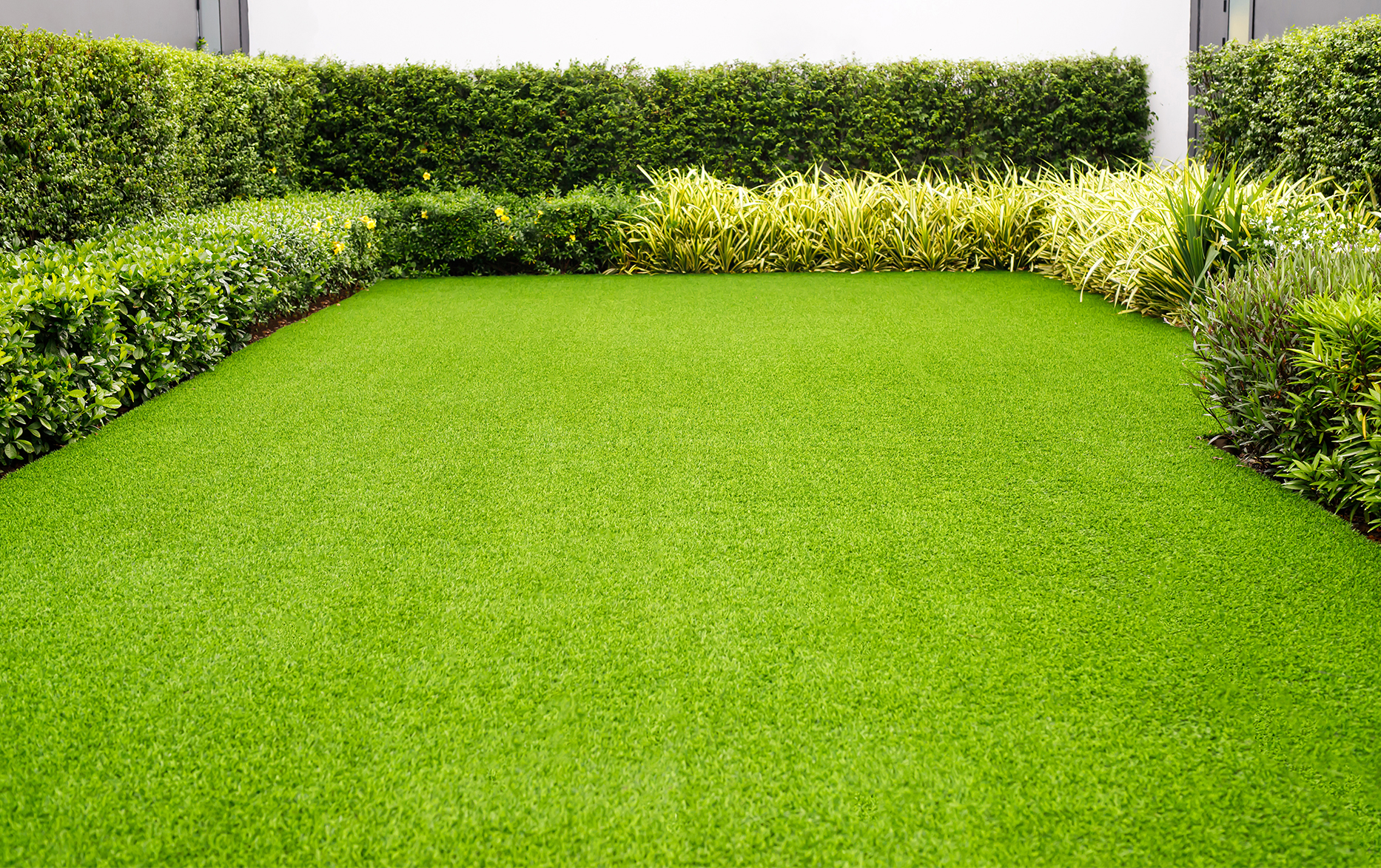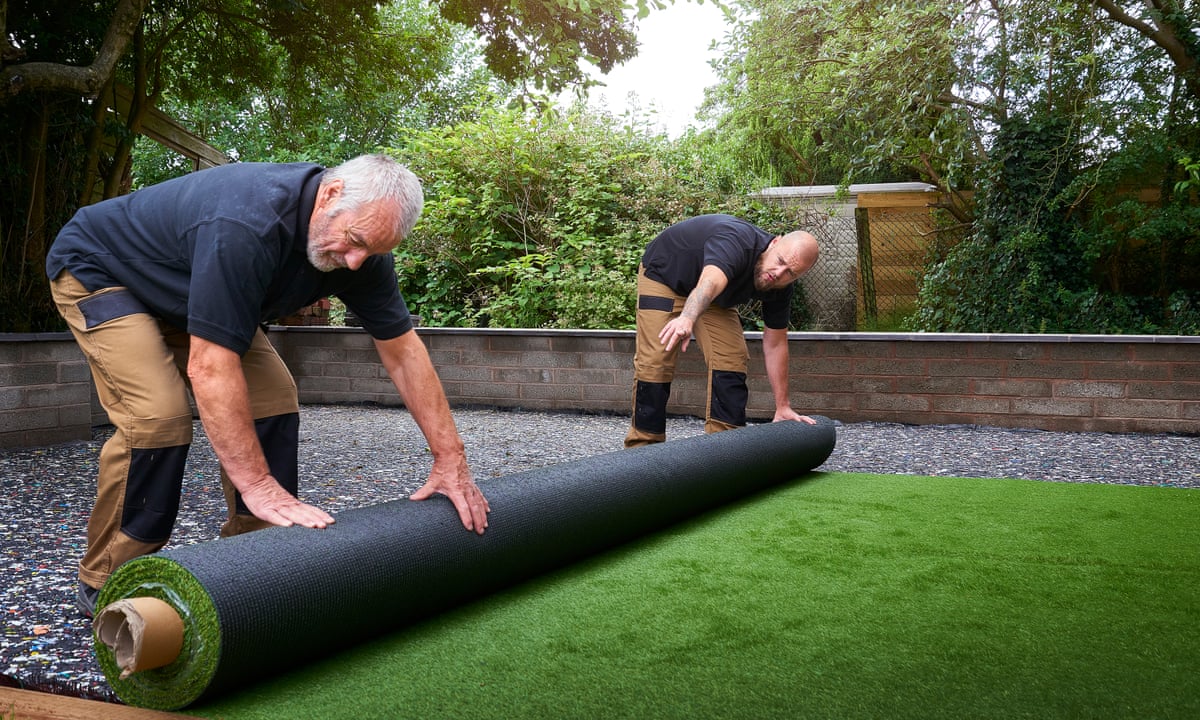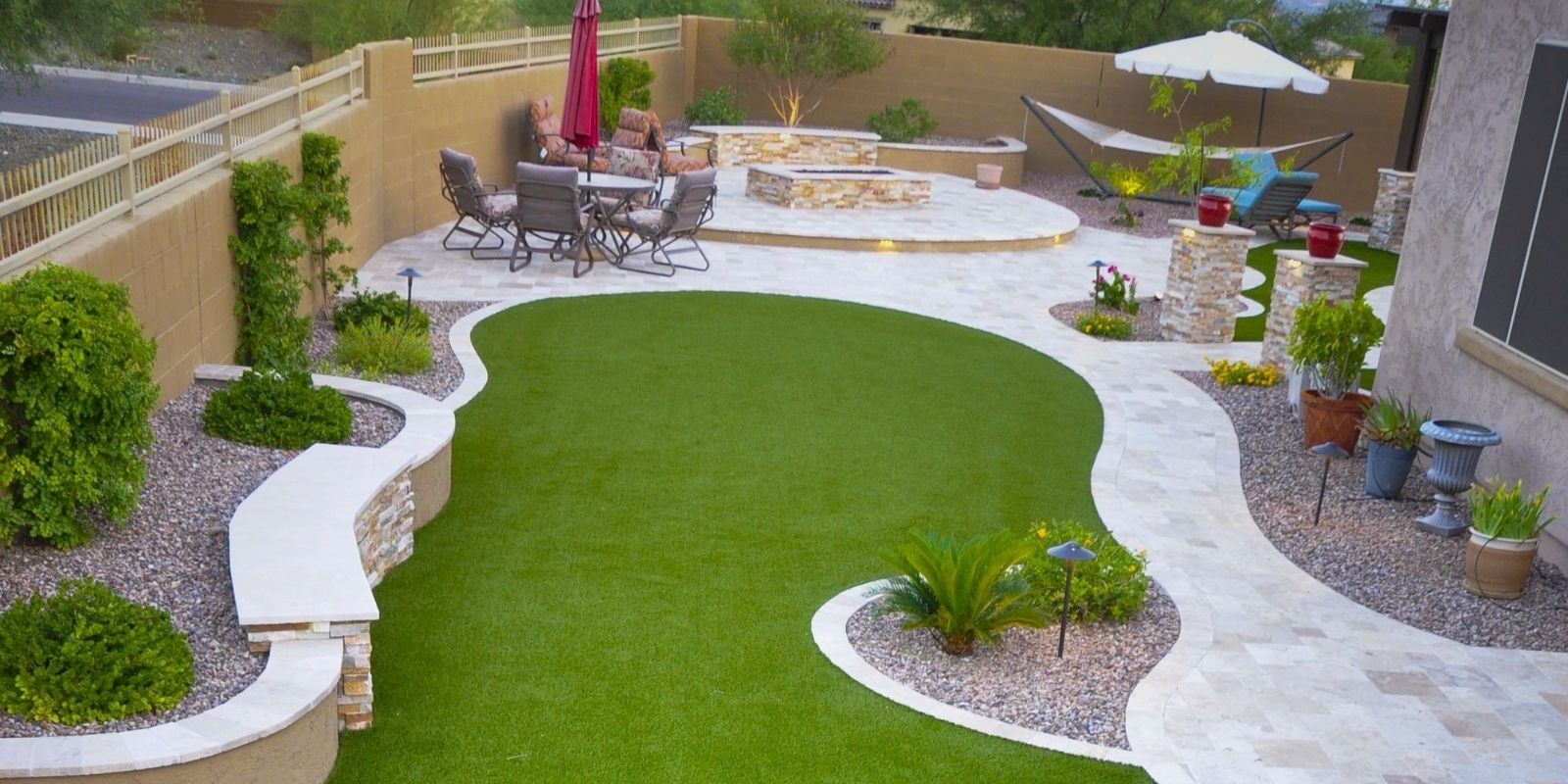Delve Into the Environmental Conveniences of Opting for Synthetic Grass Solutions
The fostering of synthetic grass remedies provides a compelling possibility to attend to pressing ecological difficulties. By significantly lowering water usage and minimizing the application of unsafe chemicals, these options not only advertise sustainable landscape design but additionally safeguard neighborhood environments. Moreover, the reduced carbon footprint connected with reduced upkeep activities adds to a much more sustainable method to land monitoring. However, the effects of these benefits prolong past mere conservation initiatives, raising concerns regarding their lasting influence on environment conservation and overall environmental equilibrium. Exploring these measurements discloses a complex interplay worth taking into consideration.
Water Conservation Perks
One of the most considerable advantages of fabricated grass is its ability to conserve water. In comparison, synthetic turf does not require watering, substantially decreasing the overall need for water resources.
By getting rid of the need for routine watering, synthetic grass contributes to lasting landscape practices and aids mitigate the ecological impact of extreme water consumption. In addition, the conservation of water expands to the reduction of drainage, which can lead to dirt erosion and river air pollution.
Additionally, the setup of artificial turf enables home owners and towns to designate water sources extra efficiently, focusing on necessary usages such as alcohol consumption water and agriculture. The shift towards man-made grass not just advertises responsible water use but also aligns with wider ecological objectives targeted at maintaining natural resources.
As communities progressively prioritize sustainability, the water conservation benefits of synthetic grass present a compelling situation for its fostering in residential and industrial landscape design projects.
Reduced Chemical Use
The transition to artificial turf significantly decreases the dependence on chemical therapies generally made use of in all-natural lawn upkeep. Standard grass administration normally includes the application of herbicides, plant foods, and chemicals to advertise development and control insects. These chemicals can pose threats to human health and wellness, regional wildlife, and the setting, adding to soil and water contamination.
In contrast, fabricated lawn gets rid of the need for these hazardous substances. As soon as set up, it calls for very little upkeep, largely including regular cleansing and occasional infill replenishment. This reduction in chemical use not only profits the immediate setting however also adds to wider eco-friendly stability. By minimizing the launch of synthetic substances into the environment, synthetic turf advertises healthier dirt and water supply.
Moreover, the absence of chemical drainage related to artificial lawn setups helps secure regional waterways from air pollution, supporting aquatic life and preserving biodiversity. Turf installation phoenix az. As communities progressively prioritize lasting practices, going with fabricated lawn offers a practical remedy that aligns with ecological conservation goals. With this change, home proprietors can appreciate lavish green spaces without compromising environmental health and wellness, leading the way for a much more lasting future
Reduced Carbon Impact

Furthermore, the installation of synthetic grass can cause substantial water conservation. Natural lawns need significant quantities of water for watering, which not just includes in the carbon impact linked with water extraction and treatment read the full info here but likewise stress neighborhood water sources. On the other hand, artificial turf requires minimal maintenance, requiring no watering, consequently significantly decreasing water use and its linked energy costs.
Additionally, the durability of synthetic grass adds to its lower carbon influence. With a lifespan of approximately 15 years or more, the demand for frequent replacements is decreased, leading to less waste and lower power intake in production and disposing of traditional yard choices. Generally, synthetic grass presents a lasting option for environmentally conscious landscape design.
Habitat Preservation
Environment preservation is a vital consideration in the discussion over landscape design choices, particularly when comparing fabricated grass to natural yard. Natural turf yards typically need comprehensive upkeep, consisting of the use of herbicides, chemicals, and fertilizers, which can negatively impact neighborhood ecological communities. These chemicals can leach right into the soil and rivers, hurting indigenous plants and animals and interrupting local environments.
On the other hand, synthetic grass offers an opportunity to minimize the ecological footprint of landscape design. By going with artificial turf, house owners can minimize the interruption of all-natural habitats related to traditional yard treatment practices. Synthetic grass eliminates the need for unsafe chemicals, thus securing neighboring wildlife and maintaining click site the stability of bordering ecosystems. The installation of synthetic grass can lead to the conversion of former lawn locations right into even more biodiverse landscapes, such as pollinator yards or indigenous plant locations, which can sustain neighborhood wild animals.
Ultimately, the shift to synthetic grass not just conserves water and lowers maintenance initiatives but also fosters a more harmonious connection in between human activities and the native environment, advertising environment conservation at the same time.
Long-Term Sustainability
Lasting sustainability is an essential consider assessing the advantages of synthetic grass over standard lawn lawns. One of one of the most considerable benefits of synthetic grass is its sturdiness; it can last as much as 15-20 years with very little upkeep, whereas all-natural lawn calls for constant reseeding and replacement. This durability decreases the need for consistent resources, such as water, plant foods, and pesticides, which are important for keeping a healthy and balanced grass yard.
Additionally, synthetic grass adds to a reduction in carbon emissions linked with lawn treatment tools. Standard lawns usually require gas-powered lawn mowers, trimmers, and blowers, all of which add to air pollution. Arizona turf. In contrast, synthetic grass removes the need for such devices, advertising a cleaner environment
Additionally, the production of synthetic grass progressively makes use of recycled products, enhancing its sustainability account. As manufacturers embrace eco-friendly methods, the ecological impact of synthetic lawn continues to decrease.

Final Thought
The adoption of synthetic turf remedies provides significant ecological advantages, consisting of considerable water conservation, minimized reliance on harmful chemicals, and a reduced carbon footprint. In addition, synthetic grass aids in maintaining natural environments by lessening land disturbance and advertising long-term sustainability with making use of resilient materials. Collectively, these variables highlight the potential of synthetic grass to add positively to ecological health and use a practical choice to conventional landscape design methods in a progressively resource-conscious world.
In contrast, fabricated turf does not require watering, significantly lowering the overall need for water resources. By decreasing the release of artificial compounds into the community, fabricated lawn promotes healthier soil and water systems.
In addition, the installation of synthetic grass can result in considerable water preservation. In comparison, fabricated lawn needs minimal upkeep, needing no watering, thereby considerably minimizing water usage and its connected energy expenses.
